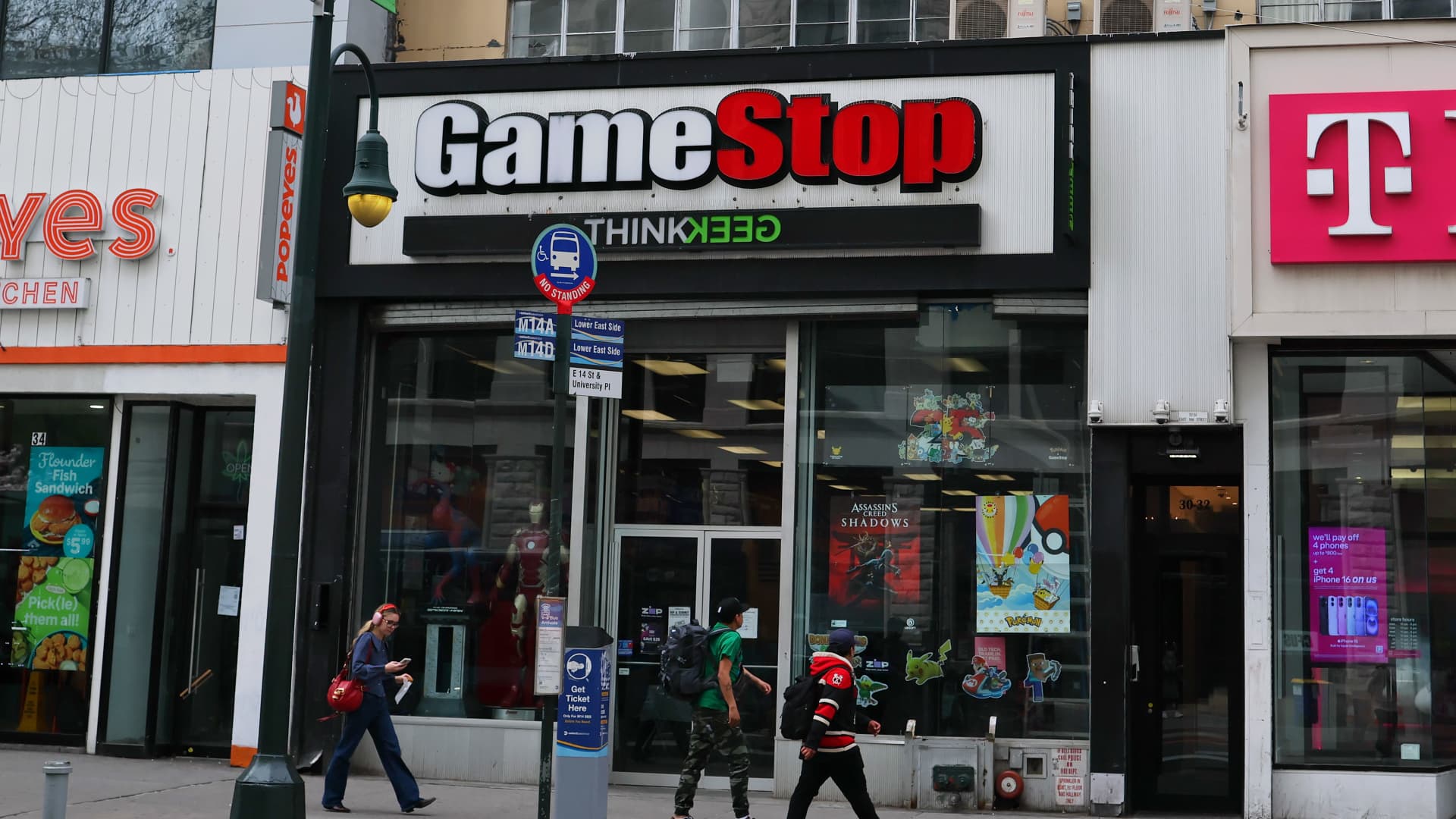March inflation showed gas, housing and car insurance ticking up for another month (iStock)
Consumer prices rose faster than expected in March, pushing inflation up and giving the Federal Reserve more reason to delay dialing back interest rates.
On an annual basis, prices rose 3.5% in March, more than the 3.2% growth last month and above the 3.4% growth economists had expected, according to the Consumer Price Index (CPI) released by the Bureau of Labor Statistics (BLS). On a monthly basis, prices increased 0.4%, the same rate of growth as the previous month. Core inflation, which excludes more volatile food and energy prices, increased 0.4%, as it has done in each of the two preceding months. On an annual basis, core CPI rose 3.8%.
Shelter and gas costs weighed heavily on consumer expenses, contributing to over half the monthly increase in the index for all items. The energy index rose 1.1% in January after increasing 2.3% in February. Shelter prices increased 0.4% over the past two months to register an annual increase of 5.7%. Consumers also face rising prices in other areas of spending; notably, car insurance prices increased 2.6% in March, following a 0.9% increase in February. The index for apparel increased by 0.7% over the month. Also rising were prices for personal care, education and household furnishings and operations.
March’s CPI reading dampens the prospect that the Fed will reduce interest rates soon. Following its March meeting, Fed Chair Jerome Powell said that interest rate cuts were still on the table for this year, but the central bank revised projections of rate cuts to just three this year. Powell said that the Fed remained committed to bringing inflation down to a 2% target rate and warned that lowering rates too soon would bring the risk of bringing inflation back while holding back too long posed a risk to economic growth.
“Prices continue to rise overall, pressuring the finances of American Households in particular,” Max Slyusarchuk, A&D Mortgage founder and CEO, said. “More and more, families are feeling the squeeze of rising home and auto insurance costs, which continue to edge higher and higher. However, the economy remains strong, so don’t expect the Fed to lower rates any time soon.”
If you are struggling with high inflation, you could consider taking out a personal loan to pay down debt at a lower interest rate, reducing your monthly payments. Visit Credible to find your personalized interest rate without affecting your credit score.
SOCIAL SECURITY: COLA INCREASING BUT MEDICARE COSTS RISING TOO IN 2024
Consumers dealing with a tough housing market
High mortgage rates and high home prices have made renting a better month-to-month deal than buying a starter home in all 50 of the largest metro markets, according to the Realtor.com February 2024 Rental Report. Yet the shelter index has remained stubbornly high despite evidence that rents are falling.
Part of the disparity comes from how rents are measured in the index, according to Realtor.com Chief Economist Danielle Hale. CPI calculates rents based on rent trends, cash rent paid to the landlord for shelter and included utilities, plus any government subsidies paid to the landlord on the tenant’s behalf. If a unit is owner-occupied, the index computes what it would cost to rent that home in the current housing market, known as Owners’ Equivalent Rent (OER).
“This is why shelter inflation continues to climb, even though Realtor.com data show that rents have declined for seven months in a row,” Hale said in a statement. “This is a key factor tipping households toward renting, as the monthly cost of renting a starter home is lower than buying in all 50 major markets reviewed at today’s market rates.”
Homebuyers are unlikely to get much relief from high mortgage rates, which have not dropped below 6.6% this year.
“While rate cuts in June already seem to be a long shot at this point, it still seems more likely than not that short-term rates will decline towards the end of this year,” First American Senior Economist Xander Snyder said in a statement. “However, there are plenty of global uncertainties that could lead to supply shocks that re-accelerate inflation, which could push the rate-cut horizon even further into the future.”
If you’re looking to become a homeowner, you could find your best mortgage rates by shopping around. Visit Credible to compare your options without affecting your credit score.
AMERICANS LIVING PAYCHECK TO PAYCHECK OWN 60% OF CREDIT CARD DEBT: SURVEY
Get your car insurance under control with these steps
Car insurance rates have steadily increased. Drivers paid an average of $1,841 to insure a car in 2023, or 5% more than they did the previous year, according to a recent report from the Zebra. That comes after a 15% jump between 2022 and 2023. Unfortunately, 2024 will likely bring more of the same.
Drivers can save money by looking for new opportunities to save with their current carrier or by switching. These are some other options to consider for keeping your auto insurance affordable:
- Compare quotes from at least four to five companies before picking a policy, and reevaluate your policy every six months to ensure it still covers your needs.
- Look into insurance discounts and savings. Policies that offer discounts for low-risk behaviors — such as AAA membership or taking a senior driving safety class — can help drivers lower their car insurance premiums. Alternatively, a telematics program can help drivers save based on their driving habits.
- Only pay for the coverage you want and need. Understanding what your policy covers is the first step towards determining if it covers your needs. All U.S. states, except New Hampshire, require liability coverage, according to Insurify. This covers injuries and property damage sustained by other parties when you cause an accident.
If you are struggling with rising prices and want to save money, you could consider finding a new auto insurance provider to lower your monthly premium. Visit Credible to compare multiple car insurance providers at once and choose the one with the best rate for you.
SECURE 2.0: OPTIONAL PROVISIONS KICK IN TO HELP RETIREMENT SAVERS WITH EMERGENCIES AND STUDENT LOAN DEBT
Have a finance-related question, but don’t know who to ask? Email The Credible Money Expert at [email protected] and your question might be answered by Credible in our Money Expert column.

 Economics7 days ago
Economics7 days ago
 Economics7 days ago
Economics7 days ago
 Finance7 days ago
Finance7 days ago
 Economics5 days ago
Economics5 days ago
 Economics7 days ago
Economics7 days ago
 Blog Post6 days ago
Blog Post6 days ago
 Personal Finance5 days ago
Personal Finance5 days ago
 Personal Finance6 days ago
Personal Finance6 days ago











